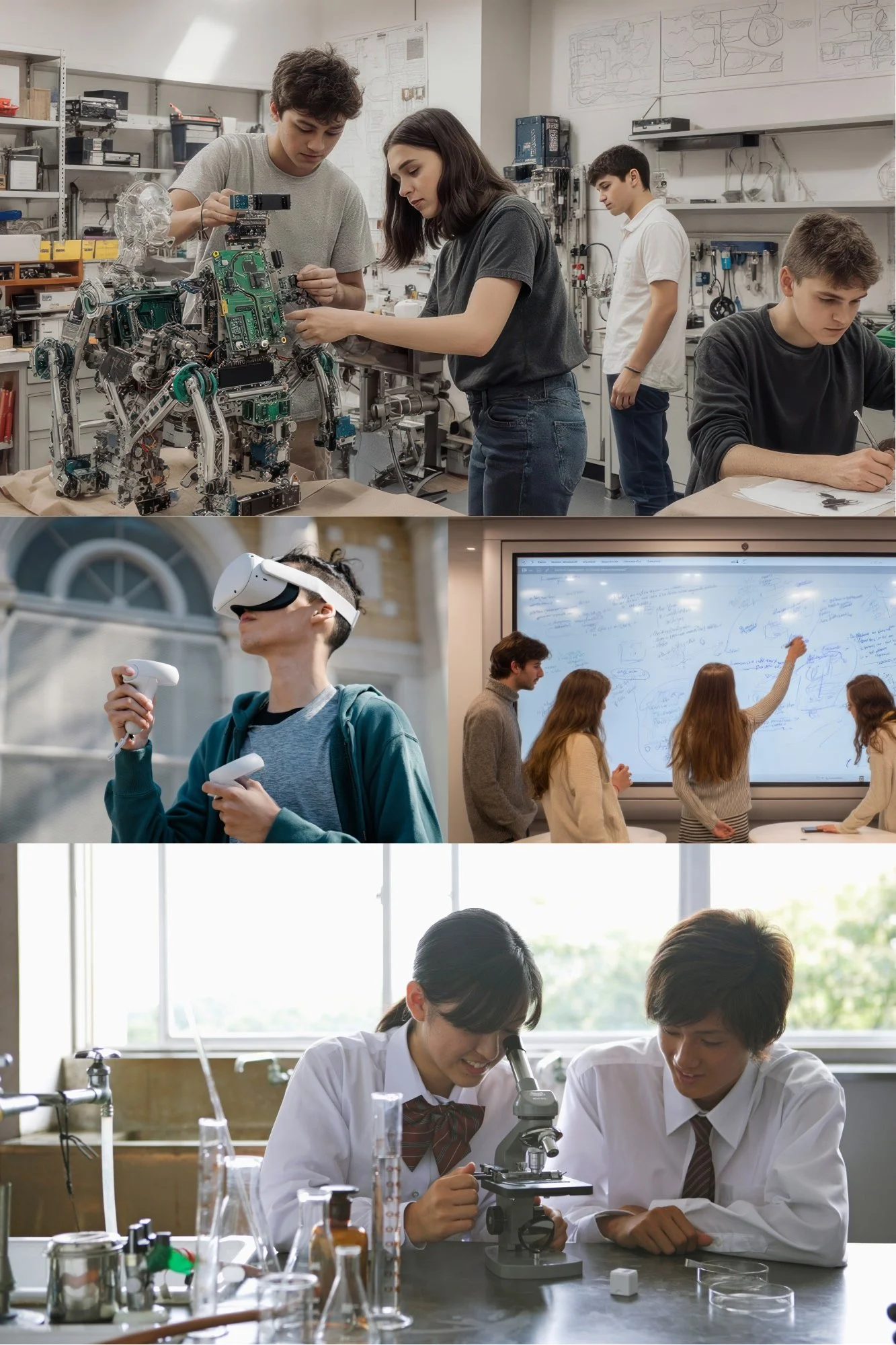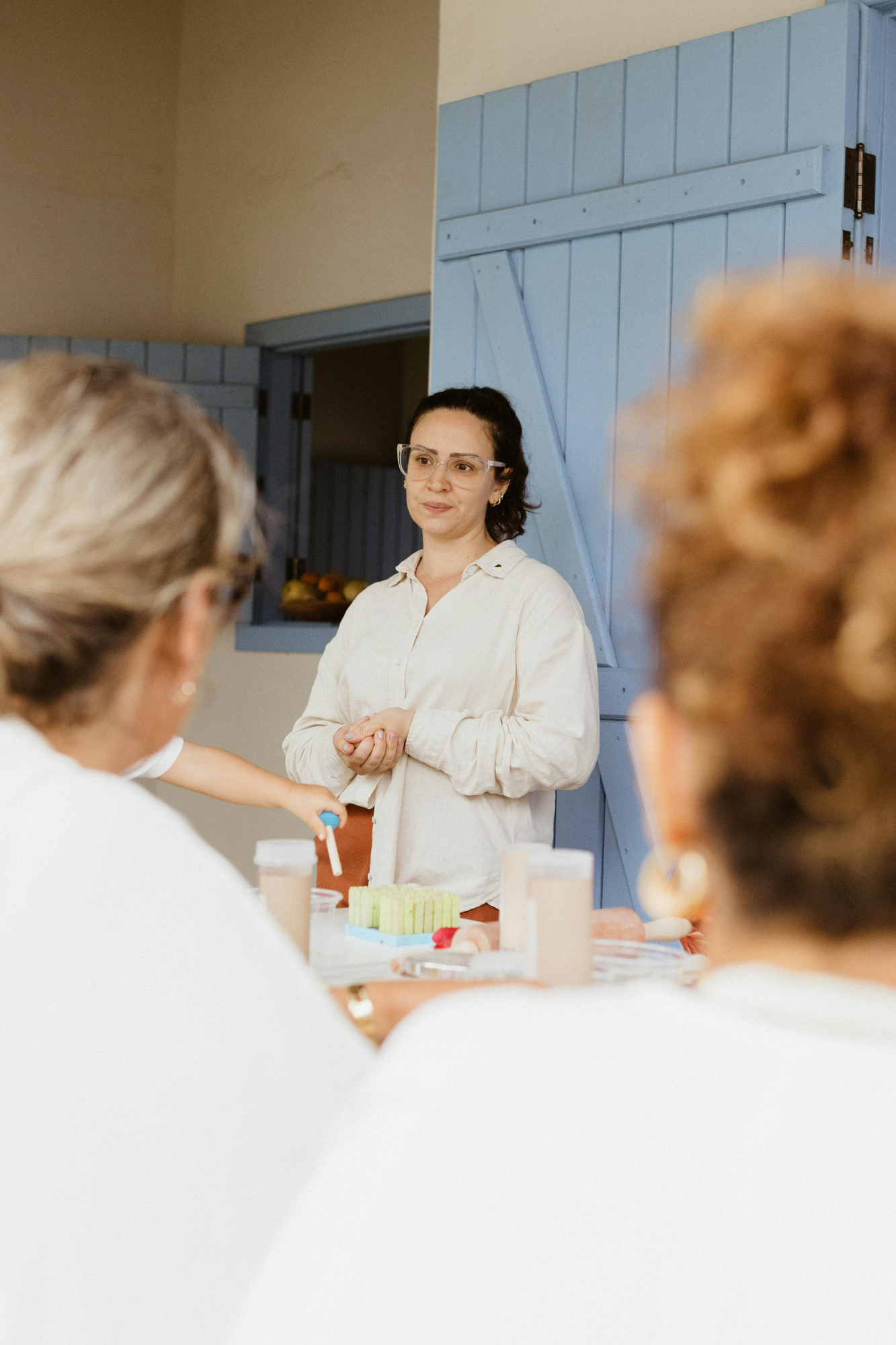The Youth Innovation Journal is a student-led platform for bold invention, design thinking, and STEM innovation. We publish rigorous work at every stage of development, because the future belongs to those brave enough to document their process.
Turn Your Ideas Into Published Work
Why We Exist
Who This Is For
You should publish with us if you're exploring:
Robotics & Automation
Artificial Intelligence & Machine Learning
Computer Vision & Deep Tech
Human-Computer Interaction (HCI)
Product Design & Engineering
Materials Science & Bioengineering
Energy & Sustainability Tech
Embedded Systems & IoT
Entrepreneurship in STEM
Ethics & Responsible Innovation
If you're a high school student (ages 13–19) anywhere in the world working on something innovative, we want to hear from you.
How It Works
Create
Develop your idea. It could be a design proposal, a prototype you've built, a replication study, or an essay on technology's future. We accept work at various stages—from concept to validation.
Submit
Send us your manuscript following our guidelines. Include your methodology, feasibility evidence, and any code or data that supports your work. Mentors and teachers can co-author.
Review
Our editorial team and mentor-reviewers assess your submission for originality, rigour, and clarity. We're looking for sound thinking and potential—not perfection.
Publish
Accepted work is published open-access under your name. You'll receive a digital certificate, a citable publication for your university applications, and a permanent place in our archive.
Timeline: First decision within 4–6 weeks. Publication within 8–12 weeks.
Fields of
Innovation
-

Agricultural Innovation
Featured: SHIELD - Automated Sustainable Farming Solution
AgTech | Food Security
-

Assistive Technology
Featured: BALANCE - Hybrid Robotic Mobility Device
Healthcare | Accessibility
-

Environmental Conservation
Featured: CORALS - Autonomous Coral Reef Protection System
Marine Technology | Sustainability
What We Publish
Innovation Dossier (Design Proposal)
A methodical proposal for a new product, system, or solution. Present your problem, design alternatives, feasibility evidence, and ethical considerations. 1,500–3,000 words
Design/Build Report
Document your engineering process, iterations, and testing. Show us what you built and what you learned. 1,500–3,000 words
Research Article
Original research with a clear question, methodology, results, and analysis. For those conducting formal experiments or studies. 2,000–4,000 words
Methods & Tutorial
Share a reusable technique, framework, or tool that others can adopt. Teach the community something valuable. 1,000–2,000 words
Perspective Essay
A well-argued viewpoint on technology, ethics, or innovation. Ground your ideas in evidence and make us think differently. 800–1,500 words
Patent Brief (Post-Filing)
A plain-English summary of your filed patent with engineering context. Help others understand your invention and its implications. 1,000–2,000 words
Two Tracks
-

Seed Trak
For concept-stage ideas with preliminary feasibility evidence. We're looking for sound problem framing, creative thinking, and a clear path forward.
-

Validated Track
For prototypes with testing data, user validation, or experimental results. Show us what you've proven.
From the Editors
We're living through a remarkable moment. The tools to innovate are in your hands—3D printers, coding platforms, AI assistants, open-source libraries. You can prototype an idea in a weekend that would have taken a team of engineers months to build a decade ago.
Youth Innovation Journal was founded on a simple premise: rigorous thinking deserves publication, regardless of where you are in the development process. A methodical design proposal with feasibility analysis is intellectually valuable. A well-documented build process that teaches others is scholarly work. A thoughtful perspective on emerging technology advances the conversation.
Our editorial standards are uncompromising: work must be original, methodical, clearly articulated, and ethically considered. What we don't require is a completed experiment or a perfect prototype. We require sound reasoning, feasibility evidence, and intellectual honesty.
So if you've been developing something, wrestling with a problem, or analysing an emerging challenge: document it properly and share it. The worst outcome is constructive feedback. The best outcome is that your methodical thinking sparks something in someone else, somewhere in the world.
That's how progress compounds.
— The YIJ Editorial Team
Issue 1 — Coming Fall 2025
We're currently accepting submissions for our inaugural issue. Be among the first to publish with YIJ.
Latest Articles
Partner With Us
Youth Innovation Journal collaborates with schools, innovation programmes, and STEM organizations worldwide. If you'd like to encourage your students to submit or partner with us, get in touch.
Youth Innovation Journal is supported by the Innovation Academy and its Patent Inventor Programme.












